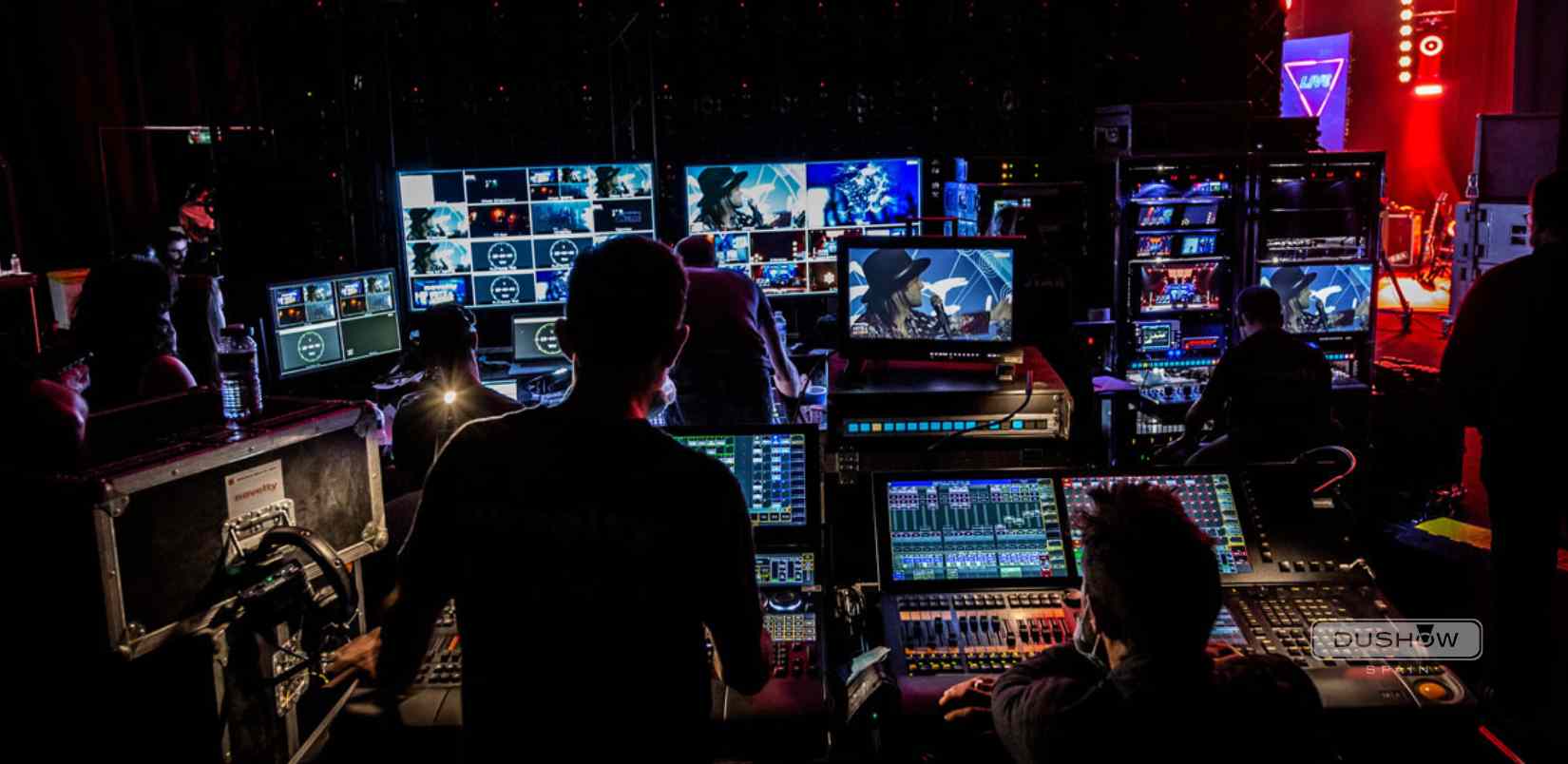Just How Manufacturing Business Transform Concepts Into Compelling Visuals
The process by which manufacturing firms change abstract concepts into compelling visuals is both complex and systematic, starting with the crucial stages of ideation and script development. As the job advances through pre-production, production, and post-production, each phase needs mindful focus to detail and placement of imaginative components.
Comprehending the Creative Refine
While the innovative process might differ substantially from one manufacturing company to one more, it typically includes an organized approach that stabilizes imaginative vision with sensible implementation. Originally, the process begins with ideation, where concepts are brainstormed and fine-tuned. During this stage, imaginative teams take part in discussions that explore themes, narratives, and aesthetic styles, guaranteeing that the core message aligns with the desired audience.
Adhering to ideation, the advancement stage takes facility phase, where scripts, storyboards, and shot lists are carefully crafted. This phase is necessary as it converts abstract ideas into concrete plans, assisting in a smoother production procedure. The imaginative group collaborates closely, making sure that every facet, from casting to location scouting, shows the imaginative intent.
Post-production further fine-tunes the visuals and sound, culminating in a polished final item that reverberates with the audience. Therefore, understanding this structured creative process is critical for appreciating how production firms transform ideas into engaging visuals.

The Role of Partnership
How does partnership boost the creative result of production firms? At its core, cooperation is a vital catalyst that fosters technology and creative thinking within the manufacturing landscape.

Furthermore, collaboration urges open interaction, which is vital for navigating the intricacies of production. It grows an ambience where comments is valued, allowing for repetitive improvements and adjustments that boost the final product. Eventually, the collaborative spirit within manufacturing firms serves to change preliminary ideas into compelling visuals that mesmerize customers, strengthening the relevance of team effort in accomplishing imaginative excellence.
Pre-Production Basics
Pre-production is a critical phase in the filmmaking process, frequently encompassing 5 essential steps that prepared for a successful production. The initial step includes manuscript growth, where the screenplay is fine-tuned, ensuring that the narrative is cohesive and compelling. This is complied with by budgeting, which develops the financial structure for the job, determining crucial costs connected to cast, staff, places, and equipment.
The third step is casting, an important process that entails selecting the appropriate stars to represent the characters authentically. A well-cast movie can dramatically improve the story's impact. Next off, place searching is conducted to discover appropriate filming websites that align with the vision of the task, thinking about logistical aspects such as ease of access and licenses.
Recording the Vision in Manufacturing
In the vibrant atmosphere of a film set, recording the vision in production calls for careful sychronisation and collaboration amongst all divisions. Each team, from cinematography to art direction, plays an important function in translating the screenplay right into aesthetic images that reverberates with target markets. The director's her explanation vision need to be effectively interacted to make certain that every shot, angle, and lighting option straightens with the overarching story.
Cinematographers are entrusted with picking electronic camera tools and lenses that ideal share the tale's tone, while manufacturing developers produce immersive environments that improve the visual experience. Wardrobe and makeup teams add by forming personalities with their look, strengthening the story's styles.
Sound style and music also complement the visuals, establishing psychological context and enhancing target market interaction. Daily coordination meetings and on-set interaction channels assist in real-time adjustments, making certain that any kind of innovative nuances are captured as they develop.
Inevitably, capturing the vision in manufacturing has to do with balancing these varied elements click for more to produce a cohesive and compelling aesthetic story. The joint effort not only brings the manuscript to life but also lays the foundation for a powerful cinematic experience.
Post-Production: Refining the End Product
Post-production plays a critical role in fine-tuning the important site last item, changing the raw footage captured throughout manufacturing into a polished motion picture experience (production companies nashville tn). This phase includes several essential procedures, including editing, audio layout, color improvement, and aesthetic results, each adding to the total story and psychological influence of the movie

Sound style is equally vital, entailing the addition of dialogue, audio impacts, and climatic sounds that improve the seeing experience - production companies nashville tn. The mindful layering of audio aspects aids immerse the target market in the story world
Shade adjustment better enhances aesthetic allure, changing tones and contrasts to create a natural aesthetic that straightens with the film's state of mind. This step ensures that each framework reverberates emotionally with audiences.
Verdict
In verdict, the change of ideas right into compelling visuals requires an organized and joint method within production firms. By focusing on communication and sychronisation throughout the creative procedure-- from ideation and pre-production to manufacturing and post-production-- these business efficiently align different creative components with the story. This meticulous approach not only improves narration but additionally mesmerizes audiences, inevitably resulting in immersive and interesting motion picture experiences that resonate deeply with viewers.